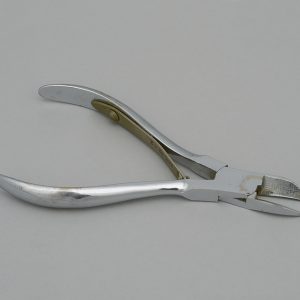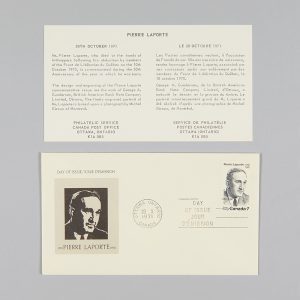The Front de libération du Québec (FLQ)
Some supporters of Quebec independence rejected the political process and resorted to violence. Drawing inspiration from revolutionary movements in Algeria and Cuba, the FLQ, or Front de liberation du Québec (Quebec Liberation Front), exploded its first bombs on March 8, 1963. Over time, the FLQ became more violent. By 1970, it had carried out more than 200 bombing attacks and numerous thefts of weapons, dynamite and money. Nine people, including three of the group’s own militants, were killed as a result of its activities.
The FLQ, with only a few dozen members, formed a tiny minority in the independence movement. But because of its actions, many supporters of Canadian federalism associated Quebec independence with chaos and violence.
A Wave of Violence
At first, FLQ methods were relatively tame and caused little damage. But the number and extent of their attacks soon began to grow. On February 13, 1969, a “superbomb” planted at the Montréal Stock Exchange wounded 27 people and left nearly a million dollars in damage.
October Crisis
Beginning on October 5, 1970, Montréal, Quebec and Canada were caught up in a major drama as the violence of the separatist extremists reached a new peak with the kidnapping of British diplomat James Richard Cross. A few days later, provincial Cabinet minister Pierre Laporte was kidnapped as well. Fearing for the hostages’ lives, the federal government invoked the War Measures Act at dawn on October 16. With civil liberties suspended, nearly 500 people were detained without warrants. Cross survived his ordeal, but Laporte was murdered.
October 16, 1970
The federal government invoked the War Measures Act. The act gave police, judicial and military authorities extended powers, and suspended civil liberties.
December 3, 1970
After 59 days of captivity, James Richard Cross was freed following the most extensive joint police-military operation in Canadian history. In exchange for his release, his captors were given safe passage to Cuba.
Pierre Laporte, Political Martyr
The kidnapping of Pierre Laporte ended in tragedy. On October 17, his body was found in the trunk of a car parked near the Saint-Hubert airport, south of Montréal. Laporte received a state funeral and a new bridge in Québec City was named in his honour.
Learn more
Photo at top of page:
Sergeant Robert Côté, to the right of the bomb-containment trailer
Photographer unknown, 1968
CMH, Photographic Archives, IMG2016-0278-0001-Dm





 Blog
Blog
 Collection
Collection